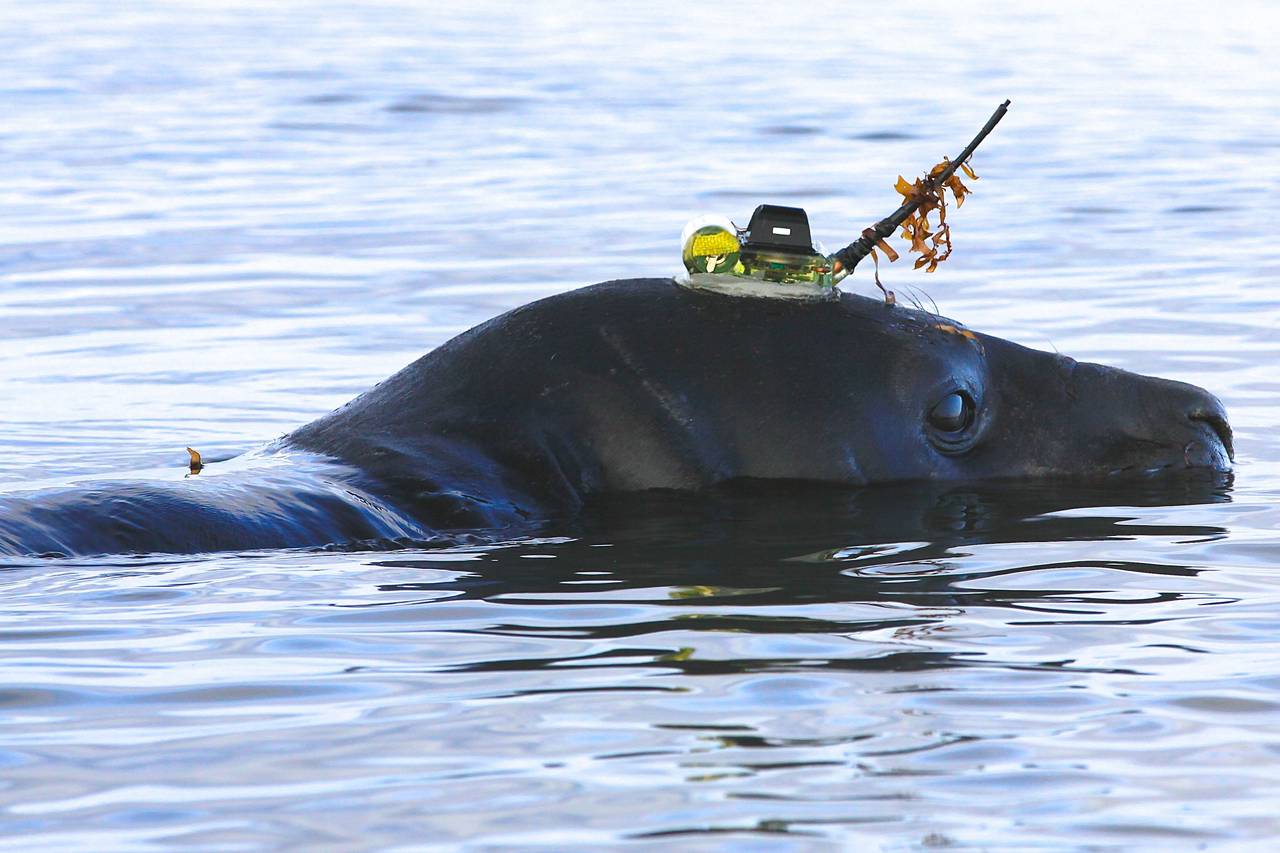A recent study published in Nature examined tracking data from 4,060 individuals of 17 species of marine predators, including IMOS Animal Tracking data, and suggests a way to use such data to predict key ecological regions in the Southern Ocean.
Satellite tracking of marine predators in the Southern Ocean has revealed key ecological areas under disproportionate pressure from human activities. The results of this paper demonstrate the value of tracking data for informing conservation efforts.
The waters of the Southern Ocean encircle the Earth through the Drake Passage, the ocean region between the tip of South America and Antarctica. Because of this, the Southern Ocean has a key role in global climate and ocean circulation. The Southern Ocean is also home to a range of unique fauna.
Southern Ocean ecosystems are under pressure from resource exploitation and climate change. Therefore, considerable interest has developed in the long-term conservation of the Southern Ocean, but authorities face the challenge of implementing conservation goals within existing management frameworks.
An important step in addressing this challenge is to identify regions that should be considered for protection, because of their high biodiversity, biological productivity or importance for certain life-history stages of species.
The distribution and demography of marine predators provides a viable basis for this, particularly in an area as vast and remote as the Southern Ocean. Spatial aggregations of predators at sea identifies not only areas that are important for the predator species, but also areas of broader ecosystem importance, such as regions of elevated productivity and biomass at lower trophic levels.
Tracking data were collected between 1991 and 2016 using electronic tags attached to the animals. These tags provided location estimates (obtained using satellite information or other methods) as the animals migrated.
The authors used some of these data (for 2,823 individuals) to develop predictive models to identify crucial habitats in the Antarctic region for all of the predator species combined. These integrated results provide a spatially defined assessment of areas of high biodiversity that includes species across multiple levels of the food chain in the Southern Ocean.
The research provides strong evidence in support of the ecological importance of existing and proposed Southern Ocean marine protected areas.
The authors conclude that the Southern Ocean can be an exemplar of how science, policy and management can interact to meet the challenges of a changing planet. In the Southern Ocean, these challenges will be considerable, and will include increased fishing pressure as the global demand for marine resources grows. The results highlight where future science-informed policy efforts might best be directed, including both adaptive spatial protection and improved robust management of fisheries. Similar synthetic approaches should capitalize on the increasing amount of tracking data that are being collected through large-scale initiatives to indicate regions in need of protection globally.
To read the full paper:
Hindell MA, Reisinger RR, Ropert-Coudert Y et al. 2020 Tracking of marine predators to protect Southern Ocean ecosystems. Nature.
